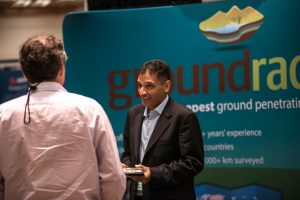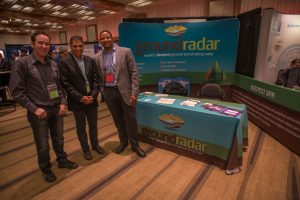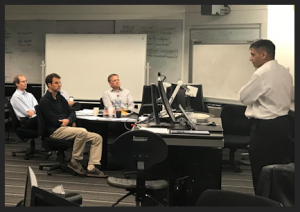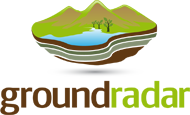The Decennial Mineral Exploration Conference, known as Exploration’17, was held in Toronto, Canada from October 21-25, 2017. Groundradar was a conference sponsor, and Dr. Francke presented two papers and a poster session. The first paper was presented within the Geophysical Technical Innovation Session and was entitled “Extending the limits of GPR Penetration.” The paper can be found here: http://www.dmec.ca/getattachment/73c42db0-b6e6-4f7b-867f-7c4b637b4522/Resources/Exploration-17/Extending-the-limits-of-GPR-penetration.aspx. This presentation was recorded and can be viewed here: https://youtu.be/68l7IRQ8o1Y. The second paper was on advances in GPR technology, whilst the poster presentation focused on debunking myth
 s on extraordinary GPR performance claims.
s on extraordinary GPR performance claims.
Monthly Archive: October 2017
Groundradar partners with Jim Macnae of RMIT on new AMIRA project
Groundradar is proud to partner with Prof Jim Macnae of RMIT in Melbourne on an AMIRA project to develop an advanced next-generation GPR technology for mineral exploration. “Multispectral Ground Penetrating Radar” kicked off at a meeting in Melbourne, attended by the project sponsors: Rio Tinto, BHP, Vale, First Quantum Minerals, Newcrest, and South32. More information on the project may be found here: http://www.amira.com.au/WEB/site.asp?section=newsandevents&page=newsarticles/201711-Newsflash

Groundradar tests UltraGPR on heap leach pile in rural Nevada
A large heap leach dump from a historical silver mine was the subject of an UltraGPR trial conducted by Groundradar. The results were disappointing due to the apparent high conductivity of the rock pile. Although the pile is essentially coarse-grained gravels, it is speculated that a significant degree of salinity likely exists due to the leaching process which prevented sufficient radar penetration.
SRK uses UltraGPR for iron sands exploration in Greenland
SRK Exploration Services of Cardiff, Wales, has used UltraGPR technology to map an iron sands deposits along the north-west coast of Greenland. The site is extremely remote and is only accessible during the summer. This site marks the northernmost (and likely most remote) location UltraGPR has been used.
